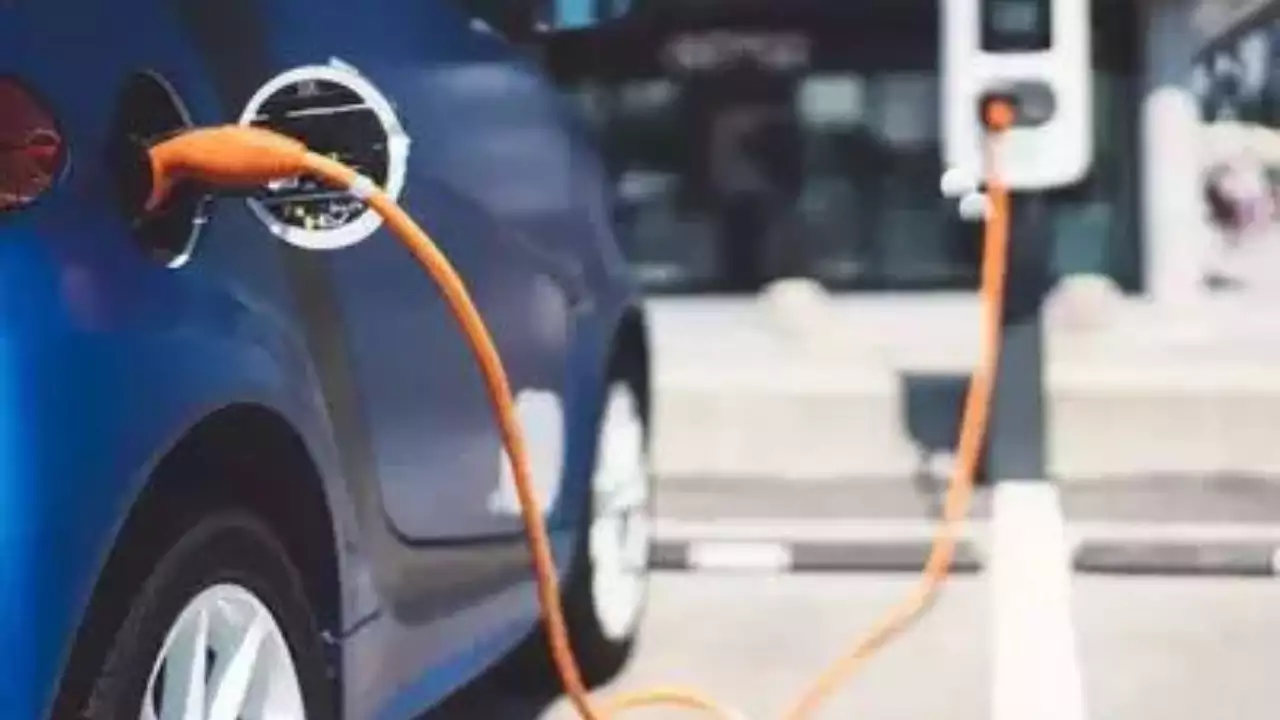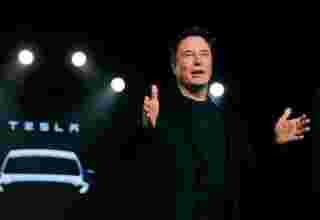SANTA CLARA, June 18 (ABC): There is a new sight on the streets of Havana: increasing numbers of electric vehicles whizzing among the old American cars so emblematic of the Cuban capital.
As fuel shortages and US sanctions take their toll, and even though electricity generation can be spotty, Cubans are turning to smaller, cheaper, plug-in alternatives.
“Gasoline? Imagine. After 50 years battling to get hold of it, I don’t even want to smell it anymore!” taxi driver Sixto Gonzalez, 58, told atop the shining, electric-blue quadricycle with which he moves through the streets at a top speed of about 40 kilometers (25 miles) per hour.
Gonzalez has abandoned his old, combustion-engine car — one of about 600,000 registered on the island of 11.2 million people, according to official data.
The last time he tried to fill it up, he stood in a queue for eight hours.
By far the majority of cars in circulation in Cuba are American models from the 1950s — before sanctions started — and compact Ladas from the Soviet era.
Newer models are practically impossible to lay one’s hands on and come with a hefty price tag of between about $20,000 and $100,000.
The quadricycle Gonzalez bought, by comparison, can be obtained for between $4,000 and $8,000 and though slower, can get four or five people from Point A to Point B.
Also increasingly popular are electric motorbikes — of which there are an estimated 40,000 to 50,000 in Cuba — and three-wheelers all the more frequently seen dragging a carriage full of passengers or goods.

























